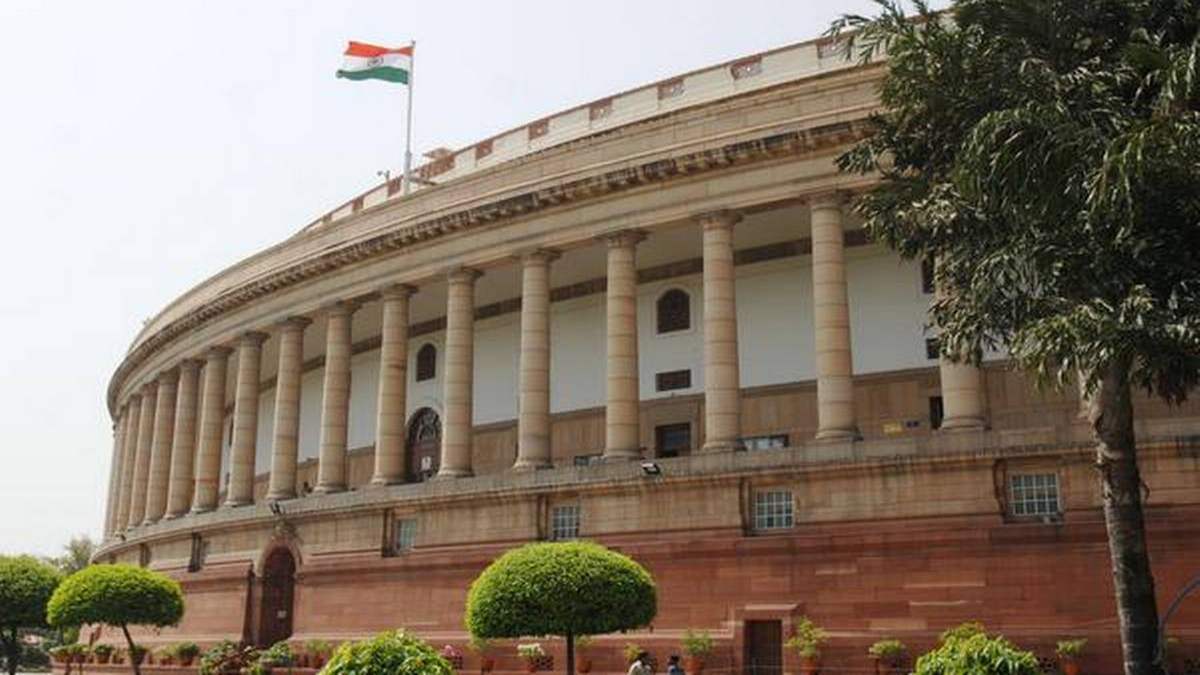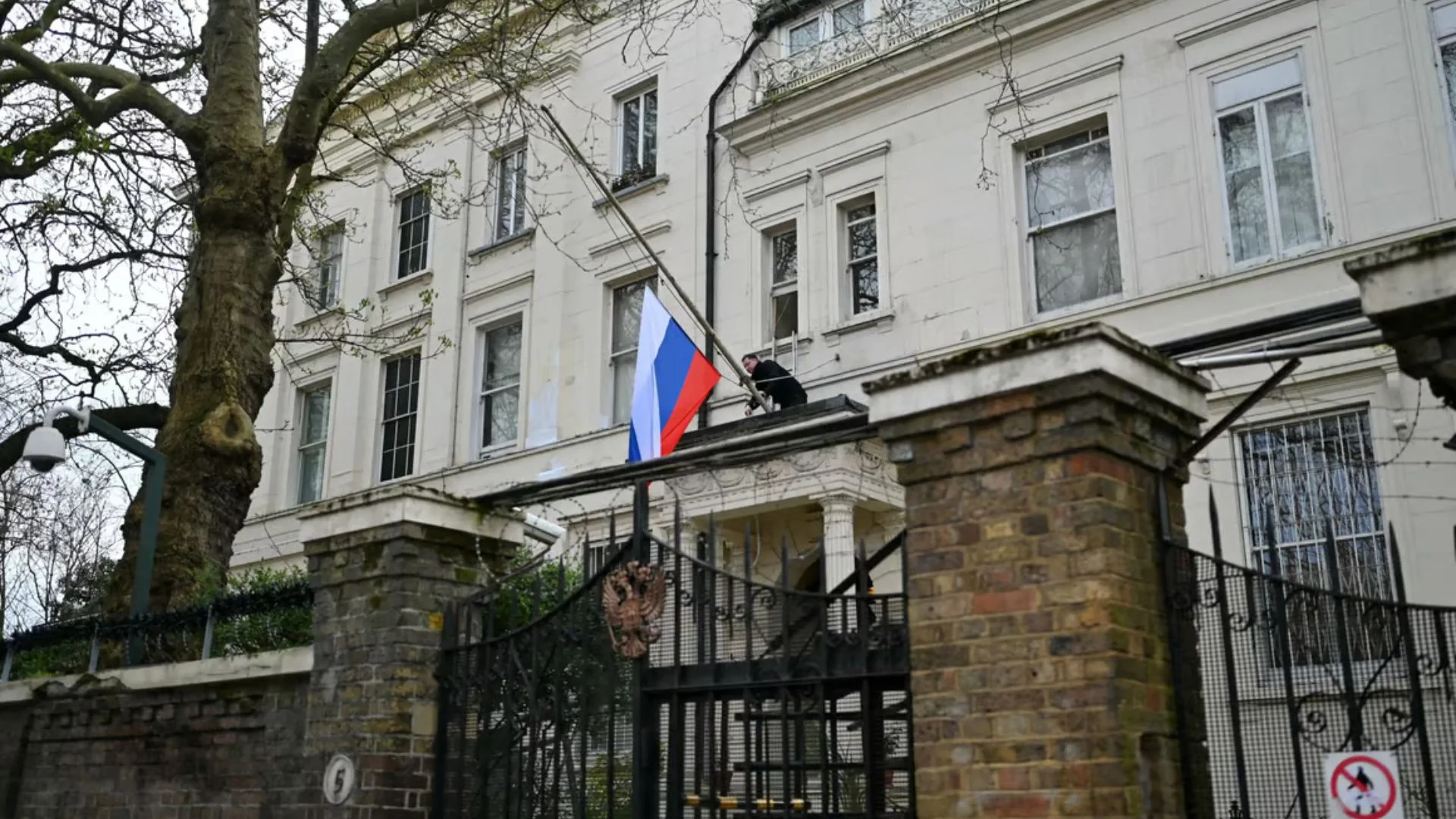The government has approved establishment of Defence Cyber Agency, under the aegis of Ministry of Defence. This agency is now fully functional. To mitigate cyber threats, all the three Services have established their respective Cyber Emergency Response Teams (CERT). Furthermore, Government of India is formulating the National cyber security strategy, which is in the final stages of approval.
There have been repeated attempts by various cyber threat actors to target our various sectors. However, measures are being taken to detect and deter these threats. Adequate safeguards have been instituted in the form of Cyber Audits, Physical Checks and Policy Guidelines to ensure a robust cyber posture of armed forces.
BOOSTING DOMESTIC PRODUCTION OF DEFENCE EQUIPMENT
The government has taken several policy initiatives and brought reforms to encourage indigenous design, development and manufacture of defence equipment in the country, thereby reducing dependency on imports in coming years. These initiatives, inter-alia, include according priority to procurement of capital items from domestic sources under Defence Acquisition Procedure (DAP)-2020; Notification of two ‘Positive Indigenisation Lists’ of total 209 items for which there would be an embargo on the import beyond the timeline indicated against them; Simplification of Industrial licensing process with longer validity period; Liberalisation of FDI policy allowing 74% FDI under automatic route; Simplification of Make Procedure; Launch of Innovations for Defence Excellence (iDEX) scheme involving start-ups & MSMEs; Implementation of “Public Procurement (Preference to Make in India), Order 2017”; Launch of an indigenization portal namely SRIJAN to facilitate indigenisation by Indian Industry including MSMEs; Reforms in Offset policy with thrust on attracting investment and Transfer of Technology for Defence manufacturing by assigning higher multipliers; Establishment of two Defence Industrial Corridors one each in Uttar Pradesh and Tamil Nadu.
In addition, for 2021-22, the allocation for Domestic procurement has been enhanced compared to previous years and is planned to be about 64.09 % i.e. Rs. 71,438.36 Crore of the allocated amount for military modernization. Further, year-wise annual Turnover of Ordnance Factory Board (OFB), 09 Defence Public Sector Undertakings (PSUs), 06 other PSUs & 37 private companies manufacturing defence items, indicates the impact of measures taken by the government to make successful “Make in India”. The year-wise details of annual Turnover of these units are as below:
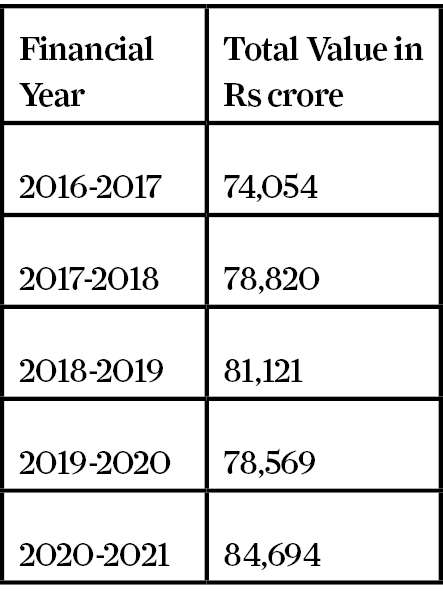
The measures taken by the government for indigenisation are likely to result in import substitution. On the basis of data received from Controller General of Defence Accounts (CGDA), the details of procurement of defence equipment (both Capital and Revenue) by the three Services (Army, Navy and Air Force), in the last three years which indicates decrease in imports, are as follows:
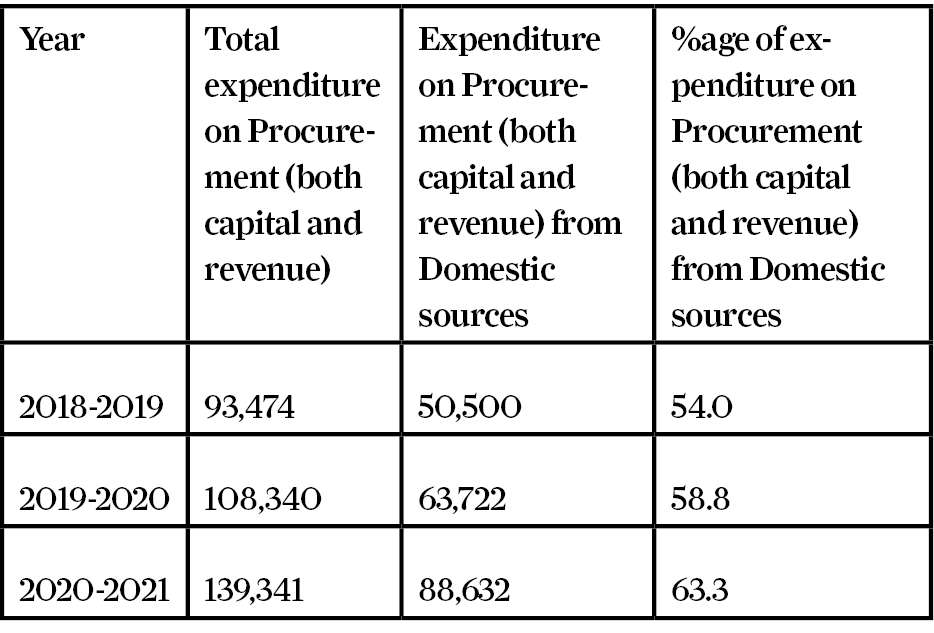
Further. the details of procurement of defence equipment (both Capital and Revenue) done from foreign sources by the three Services (Army ,Navy and Air Force), in the last five years are as follows:
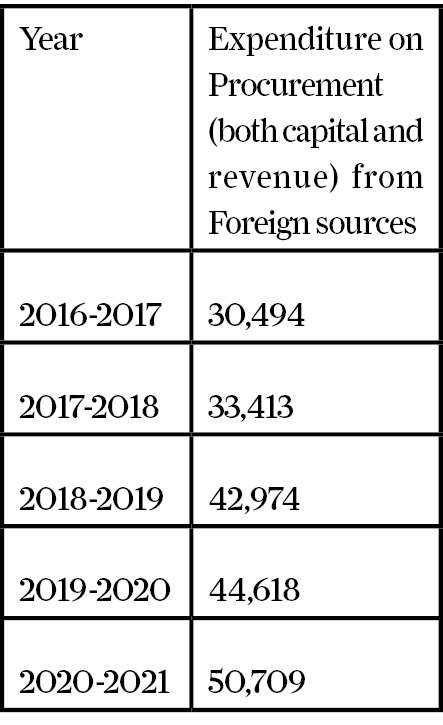
Moreover, value of Export Authorization issued by Department of Defence Production to DPSUs/OFB and Private companies, during the last five years has been as under:

NATIONAL WAR MEMORIAL
The construction cost towards establishing the National War Memorial is Rs 176.65 crore. Further, Bharat Electronics Limited has been nominated to execute the project of Enhancement of Digital Appeal at National War Memorial.The online portal dedicated to the gallantry award winners has already been created during 2017-18. The online portal dedicated to the gallantry award winners has been created during 2017-18 with an estimated expenditure of Rs 7,11,500.
Further, Ministry of Defence has entered into an agreement with Raksha Rashtriya University (RRU) for improvement of the portal at a monthly payment of Rs. 1,59,000. In the FY 2020-21, the expenditure was Rs. 4,77,000 and in FY 2021-22 till May 2021, the expenditure was Rs. 3,18,000. Ministry of Defence has also entered into a contract with M/s Broadcasting Engineering Consultants India Limited (BECIL) w.e.f. 01 May 2021 to 30 Apr 2022 @ Rs. 77,172 per month for deployment of consultant (Social Media) to assist the Ministry in enrichment of Gallantry Awards Portal.
The Ministry has introduced various modules/activities viz. option of paying tribute, taking pledge, motivational videos, information of war memorials and war histories, e-Books etc. Various public participative events viz. Quiz on Gallantry Awards, tribute competition, logo design competition, live streaming of NCC activities at statues of Awardees are also conducted from time to time. MoD have also created dedicated social media handles for publicity of activities planned on Gallantry Portal and also YouTube channel for uploading of videos relating to the Awardees.
Ministry of Defence, in coordination with National e-Governance Division (NeGD), Bhaskaracharya National Institute for Space and Geo-informatics (BISAG) (under Ministry of Electronics & Information Technology), Rashtriya Raksha University (RRU), Armed Forces and NIC, is maintaining the portal to honour the gallantry awardees.
CHINESE THREAT AT THE COASTAL REGION
India’s relations with its neighbours stand on their own and are independent of the relations of those countries with third countries. The Government has well articulated policy of ‘Neighbourhood first’ with a focus on creating mutually beneficial, people oriented regional frameworks for stability and prosperity. Government carefully monitors any developments having a bearing on India’s security and economic interests, and takes all necessary measures to safeguard them.
The government has taken a number of measures to strengthen coastal, offshore and maritime security. The Indian Navy, Coast Guard and State Marine Police along with other agencies such as Customs and Port Trusts patrol the Maritime Zone of India using surface and air assets to detect and check infiltration. Further, electronic surveillance of maritime zone is undertaken using radars, Automatic Identification System, open sources, etc.
The government has also set up Joint Operation Center, Information Management Centre and National Command, Control, Communications and Intelligent Network. Sagar Prahari Bal with Fast Intercepting Crafts and Immediate Support Vessels have been established for the security of Offshore Development Area. The Standard Operating Procedures for coordination among various agencies on coastal security issues have been formulated. Besides this, exercises with various security agencies are conducted regularly to assess the effectiveness of existing mechanisms.
Towards engaging coastal and fishing communities, Community Interaction and Awareness Programmes are being regularly conducted by Indian Navy and Coast Guard. Security of Atomic Power Plants at Kalpakkam and Kudankulam is entrusted to the Central Industrial Security Force (CSIF). In addition units of Army, Air Defence (AAD) and Air Force are placed for Air defence at Kalpakkam and Kudankulam.

